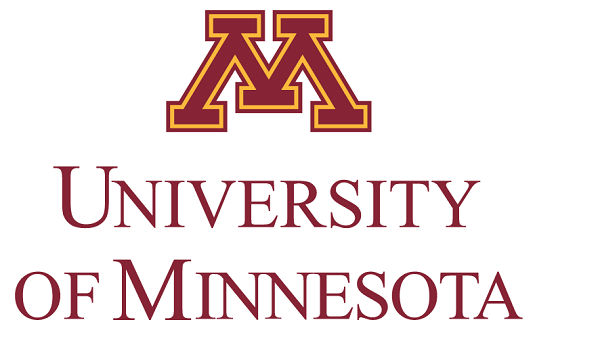
swine farms
We hope all our US readers had a great Memorial Day weekend. Today, we are talking about farm practices and flu in farm workers. This recent publication from the Torremorell lab is available in open access on the Porcine Health Management journal website.
Take-away points
- Naïve piglets becoming infected with influenza before weaning participates in the endemic status of sow farms.
- Numerous interactions between piglets and farm workers happen pre-weaning (e.g. processing, vaccinations)
- Between 16% and 94% of the samples taken post-activity from farm workers’ hands and clothing were PCR positive for influenza.
- Activities during the peri-weaning period had almost 6 times higher risk of flu detection.
Methods
- Four breed-to-wean farms, influenza positive and located in the Midwest were enrolled in the study.
- Three activities were evaluated: processing, vaccination pre-weaning, and weaning, during which farm workers wore disposable coveralls and gloves.
- Wipes of coveralls and gloves were collected before and after each activity and tested for influenza by RT-PCR and virus isolation.
Results

- 155 wipes were collected after the activities.
- 16% of samples collected after processing were PCR positive for influenza, 94% after both vaccination and weaning.
- Ct-values for influenza PCR were lower (p<0.01) after vaccination and weaning compared to processing (see figure).
- Five of the 17 samples submitted for virus isolation were positive.
- No significant difference in influenza detection between hand and coverall samples.
Abstract
Indirect transmission of influenza A virus (IAV) contributes to virus spread in pigs. To identify farm management activities with the ability to contaminate farmworkers’ hands and clothing that then could be a source of virus spread to other pigs, we conducted a within‑farm, prospective IAV surveillance study. Hands and clothes from farmworkers performing the activities of piglet processing, vaccination, or weaning were sampled before and after the activities were performed. Samples were tested by IAV rRT‑PCR and virus viability was assessed by cell culture. A multivariate generalized linear model was used to detect associations of the activities with IAV contamination. Of the samples col‑ lected for IAV rRT‑PCR testing, there were 16% (12/76) collected immediately after processing, 96% (45/48) collected after vaccination, and 94% (29/31) collected after weaning that tested positive. Samples collected immediately after vaccination and weaning, i.e., activities that took place during the peri‑weaning period when pigs were about 3 weeks of age, had almost 6 times higher risk of IAV detection and had more samples IAV positive (p‑value < 0.0001) than sam‑ ples collected after processing, i.e., an activity that took place in the first few days of life. Both, hands and clothes had similar contamination rates (46% and 55% respectively, p‑value = 0.42) and viable virus was isolated from both. Our results indicate that activities that involve the handling of infected piglets close to weaning age represent a signifi‑ cant risk for IAV dissemination due to the high level of IAV contamination found in farmworkers’ hands and coveralls involved in the activities. Biosecurity protocols that include hand sanitation and changing clothing after performing activities with a high‑risk of influenza contamination should be recommended to farmworkers to control and limit the mechanical spread of IAV between pigs.





